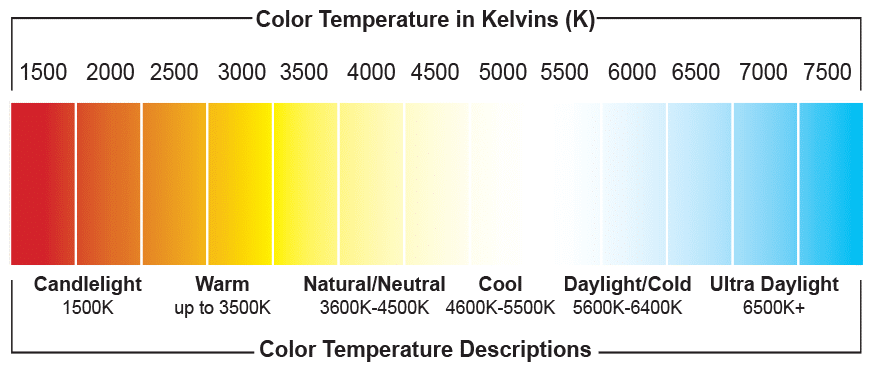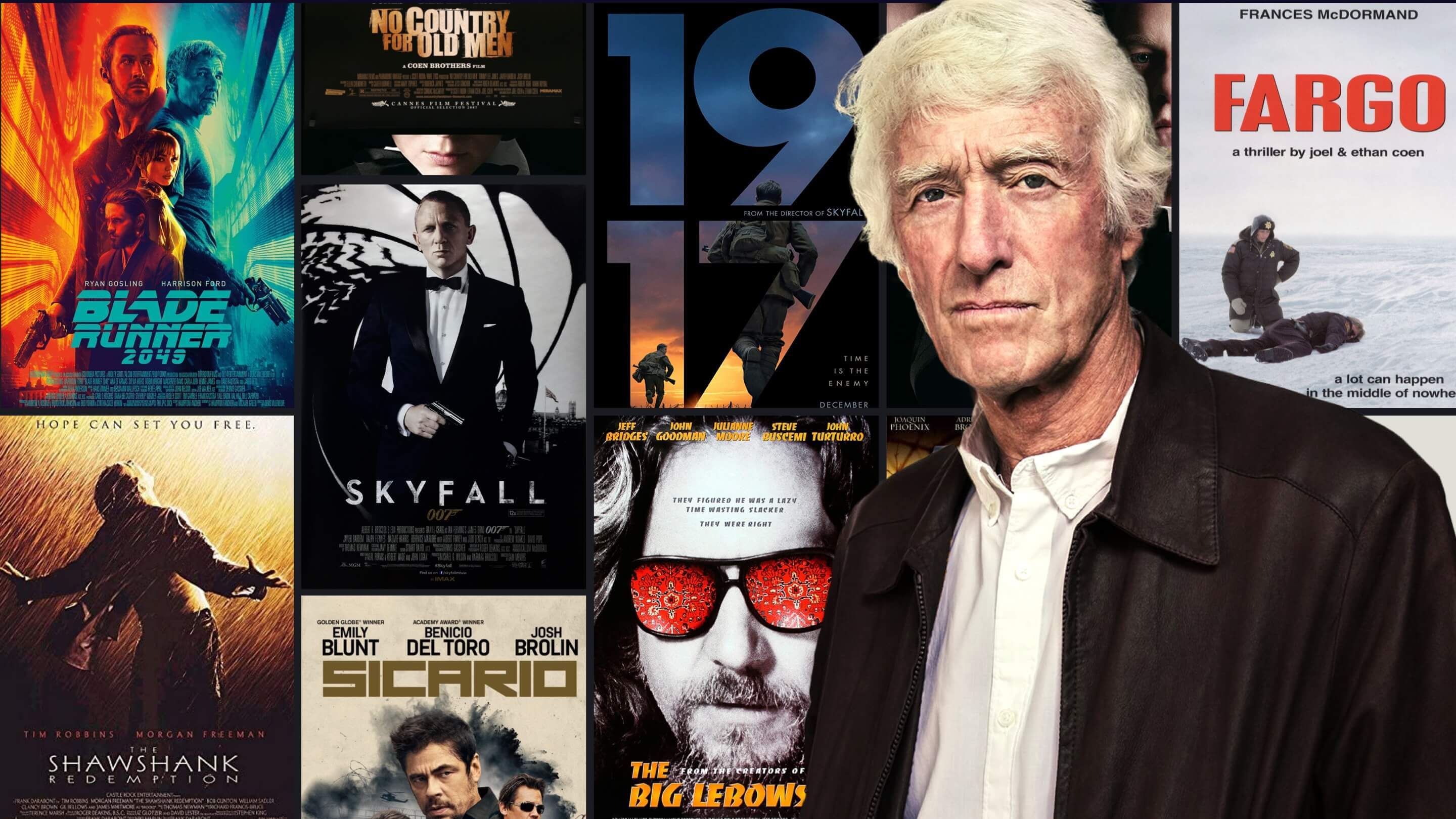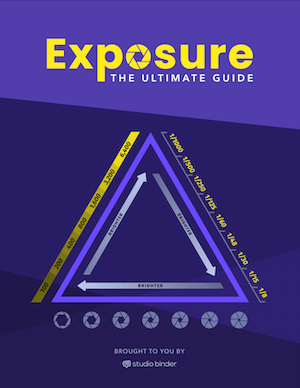Have you ever wondered how to make your films look like the pros? You might feel inclined to blame your camera, your lenses, your budget, but that would be the wrong response. All of the great cinematographers study the characteristics of light. Learning how to control the fundamentals of lighting will allow you to shape light that creates images worthy of the big screen. Although we will be discussing cinematography lighting, all of these principles apply to photography lighting as well. As this series of articles on lighting techniques progress, we will go into greater detail about each of the four principles of film lighting: quantity, direction, quality, and color. With these fundamentals of lighting under your command, you will understand how to create cinematic lighting.
Lighting Techniques in Film
Characteristics of light
When you prepare to light your scene, you want to know exactly how each light is adding to your framing and composition. Amateur filmmakers might spill light onto their scene with little concern for anything other than registering an image on the sensor. This is not how you get professional-looking images. In order to create the best images possible, you must be able to control every light source in your scene.
Other blogs or content creators may provide you a one-size-fits-all three-point lighting approach to use in your films. Three-point lighting is a fundamental method of lighting a subject, but learning the angles of lighting makes for only part of the equation. Here's a quick breakdown of how fill light becomes so integral to lighting techniques in film.
Basics of Film Lighting Techniques • Subscribe on YouTube
By learning each of the four principles of light, and how they convey your story, you will be able to craft a unique image rather than a rote recipe. Note: we will be referring to the key light, but that these lighting techniques should be applied to every light source that you use.
First things first, make it dark. If you want to clearly see the impact of each light, then you need to black out windows and other sources of light. Any light leaking into the frame may impact your image on a number of levels, from color mixing to overexposure. Eliminating all light sources except for the one that you’re working on will give you the most control over the shape that that light takes.
Second, always use a stand-in. If you are trying to light a subject, you obviously need to see how the light falls on them. Haphazardly placing lights according to your overheads or a diagram will not lead to the best image possible.
Now that your set is sufficiently dark and your stand-in is in place, you can begin lighting your set by selecting your key light. The first question you should ask is, how much light do we need?
Free downloadable bonus
FREE Download
Ultimate Guide to Exposure
The Exposure Triangle is something every photographer and cinematographer needs to master. Download our FREE e-book to get in-depth explanations and tutorials on topics like aperture, ISO, shutter speed, and how to balance these settings to nail perfect exposure every time.
Characteristics of Light: Quantity
Why quantity of light matters
The quantity of light refers to how much light your source creates. Typically the output of the light source is the first decision made when selecting a light. Choosing the quantity of light depends on many factors.
How much power can you use without blowing a fuse? How far is the light from the subject? Where is the scene set? What is the mood of the scene? Is there a motivated source for the light in the story-world?
By using the questions above, you will be able to determine the intensity of the light necessary. A concept in both photography lighting and cinematography lighting is the inverse square law, which, in photography lighting, measures the amount of "fall off."
As the light source gets further away from the subject, the characteristics of light change. Watch this demonstration to get a thorough understanding of why quantity of light matters.
Lighting Techniques in Film • Quantity of Light
Once you have selected the quantity of light you will use, its time to select the angle at which the light hits your subject.
Direction of Light
Direction in film lighting
The angle at which a light hits your subject shapes the subject within the frame. A side light will provide depth and texture to a person’s face, and, with the right angle, achieve the subtle character of Rembrandt lighting.
A frontal light tends to make faces appear flat and uninteresting. A backlight will help separate your subject from the background, and a light focused on the background will leave your subject in silhouette.
Basics of Film Lighting • Directional Lighting Photography
The height of the light impacts the image greatly. Having a light directly overhead can create harsh shadows on the subjects face, whereas an underlit subject will appear unnatural, or creepy.
Harsh Light vs. Soft Light
What is quality of light?
When we talk about light quality, we are really talking about the kinds of shadows that a light source creates. Hard lighting in film, also referred to as specular light, is made of parallel rays of light. Because nothing disrupts or bounces the direct beam of a hard light, the hard light creates harsh falloff from areas of light to dark.
Here's Roger Deakins on lighting techniques he's used when creating hard light across sets in Blade Runner 2049 and how lighting the human face requires a deft hand.
Roger Deakins Cinematography Pt. 2 • Subscribe on YouTube
A good, natural example of hard light is the mid-day sun. The sun creates specular light with distinct shadows. Hard light in film can create high contrast, punchy images. Because hard light can be directed and shaped more easily, it is also commonly used for backlighting in film.
Soft lighting in film, on the other hand, falls off in a slow gradation from lighter areas to darker ones. Soft light fills a surface or subject more evenly than hard light because the bounced or redirected rays of light are not parallel. The broad, even light cast through fog or light cloud cover makes for a great example of soft light.
On a cloudy day you will be hard-pressed to find distinct shadows because the water particles in the sky redirect the sun’s parallel rays of light in many different directions. Soft light in film is often used to fill, or to create flattering images of the talent’s face.
Here's a demonstration from Rocket Jump Film School that explains the characteristics of light and the difference between hard lighting in film and soft lighting in film.
Basic Film Lighting Techniques • What is Quality of Light?
Understanding the difference between hard and soft light, and when to use each will vastly improve your ability to light a scene.
Color of Light
Color in film lighting
The final adjustment to make to your lighting setup should be color adjustment. With some of the best RGB LED lights you will be able to go through the quantity, direction, and quality steps without needing to wait for color adjustment. But with lights that require color gels or other modifiers, it is good practice to have your light source selected and situated before adding the gels or modifications.
When we talk about color light there are really two conversations to be had: temperature balance and creative color. Color temperature refers to the warmth or coolness of a light as read by the camera’s sensor. The color temperature scale runs from “warm” light that we see as red, orange, and yellow, to “cool” light which we see as blue.

Characteristics of Light • Color Temperature
Light sources register a native color temperature. Candlelight, for example, registers around 1,800K (reddish-orange) whereas daylight registers at 5500-6000K (light blue). However, the light source’s native color temperature can be controlled through various means.
Color temperature gels can make a light appear more blue or orange, and the color temperature from a light source can be neutralized or exaggerated depending upon the color temperature balance of the camera’s color space. You can also do wonders during color grading and color correcting in the Post-Production process.
Here's a breakdown of how to use color in film — for our purposes, pay attention to the colored lighting in Stanley Kubrick's best movies.
Film Lighting Techniques with Color • Subscribe on YouTube
But the story of colored lighting does not end with blue and orange. Many of our favorite filmmakers utilize cinematic color theory in beautiful, creative ways. Whether you need a bold red or magenta to match the neon light of a cafe sign, or the bluish-green cast of a computer screen on a character’s face, color adjustments can bring life to your scene.
UP NEXT
Three point lighting explained
Now that we've covered the basics of film lighting, it's time to put this knowledge into practice. Three point lighting is one of the most fundamental film lighting setups. Once you master the balance and ratios created by three point lighting, you'll be able to tackle and master any lighting scenario.
Up Next: 3 point lighting →
Showcase your vision with elegant shot lists and storyboards.
Create robust and customizable shot lists. Upload images to make storyboards and slideshows.

